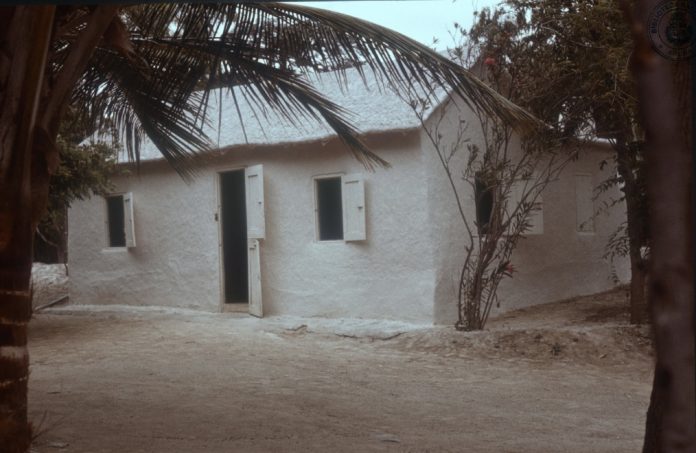(Oranjestad)—The Aruban people understand that a happy life is spent in great ambience with your loved ones. Passed down from one generation to the other, building community has been a key aspect in forging our traditions and customs. The Cas di Torto (mud house) played a big role in cultivating community, bridging families together and forming close bonds with your neighbors—something we highly value today.
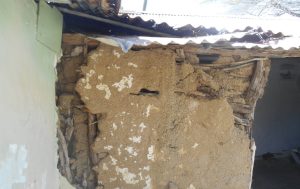
Cas di Torto: History and construction
The origin of the Cas di Torto is said to date back to the early 19th century in the Paraguana Peninsula in Venezuela. Refugees who sought sanctuary on Aruba introduced this building method to the island.
The uprights of the walls were made with sturdy and straight wayaca or kwihi wood, or from thin mangrove struts. Then, the wattle walls were weaved in using branches and twigs from the warero and sisal plant, daubed with a mixture of grass and mud. Finally, the walls got a coat of white plaster to seal everything in.
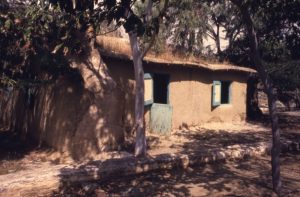
For roofing, corn stalks, palm fonds and straws were used, allowing air to flow freely through the house. This method of roofing was known throughout the ABC islands (Aruba, Curacao, Bonaire), but the use of cornstalks in Aruba eventually got replaced with use of mud and white plaster for the roofs. The white plaster all around made the houses looks like cake, hence the name “Torto” (Spanish for “cake”).
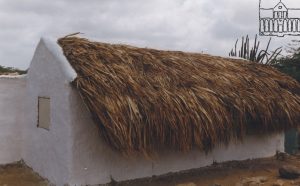
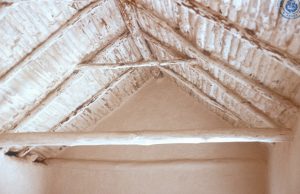
Building community
Building Torto houses was often a community effort. Young couples who were about to get married had to have their house built before they could tie the knot and start their own family. This is where the help of the community comes into play.
Neighbors, extended family and friends would all help in the construction of a Torto House. And everyone had a role: The men oversaw the building of the house, and the women were tasked with collecting wood and straws, cooking and taking care of the little ones.
The couple’s family were primarily responsible for feeding everyone who helped build the house. Before construction, someone usually had the task to prepare the meal; going fishing or slaughter farm animals like goats, chicken or sheep. Even the older kids had their tasks; the older children of the family usually helped with collecting water and mixing the mud.
The average duration of constructing a Cas di Torto was 4 months.
At the end of a long day of work, everyone would gather around and enjoy a feast of hearty food. This type of help from friends and family became a tradition and was called “paga lomba”: You help me today; I’ll help you tomorrow.
Nowadays, traditional Cas di Torto are rare, especially those that are still inhabited. Houses that do exist probably date back more than a century.
Picture credits: Aruba National Library (BNA) and the Monumentbureau archive on Coleccion.aw


